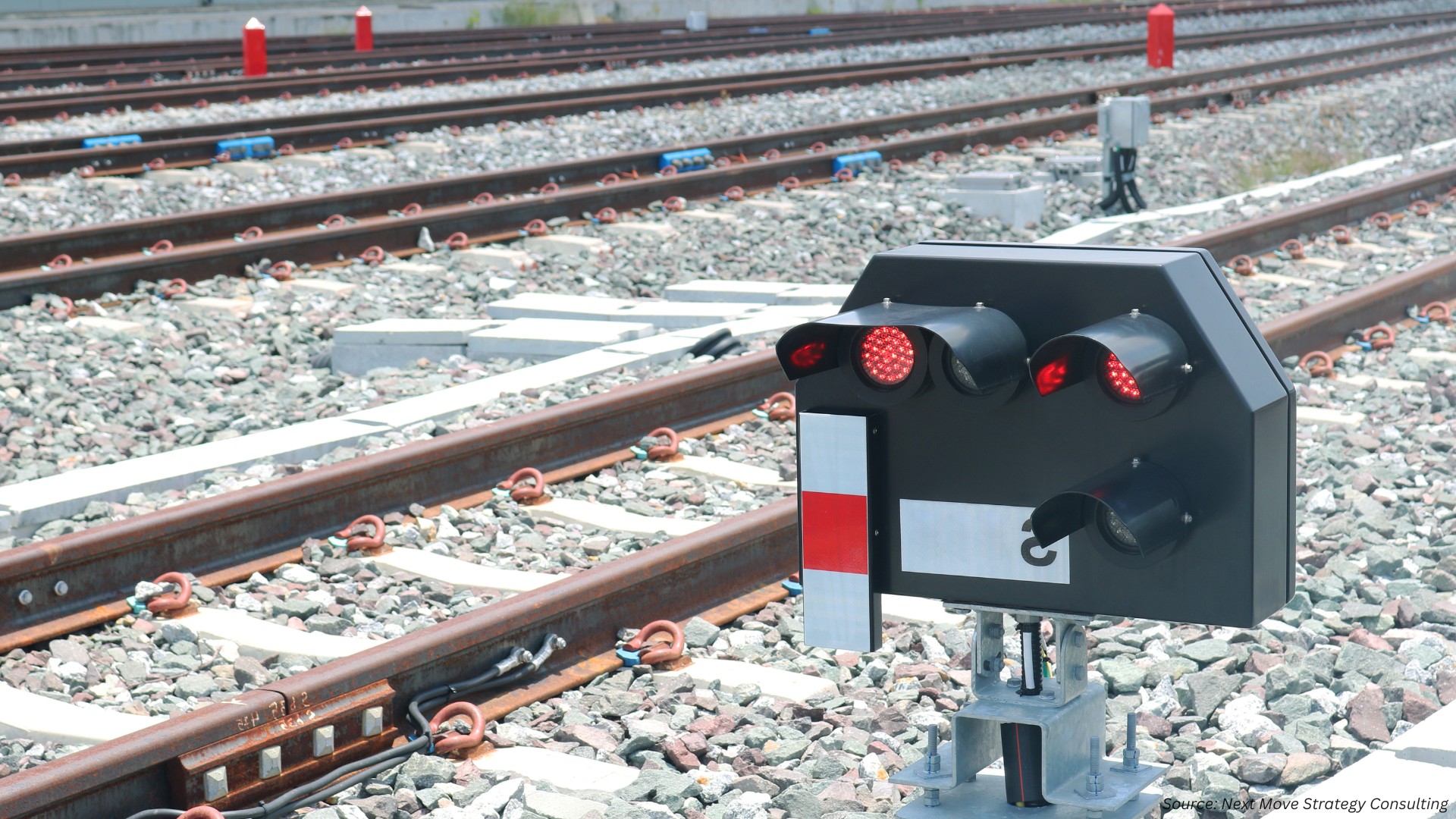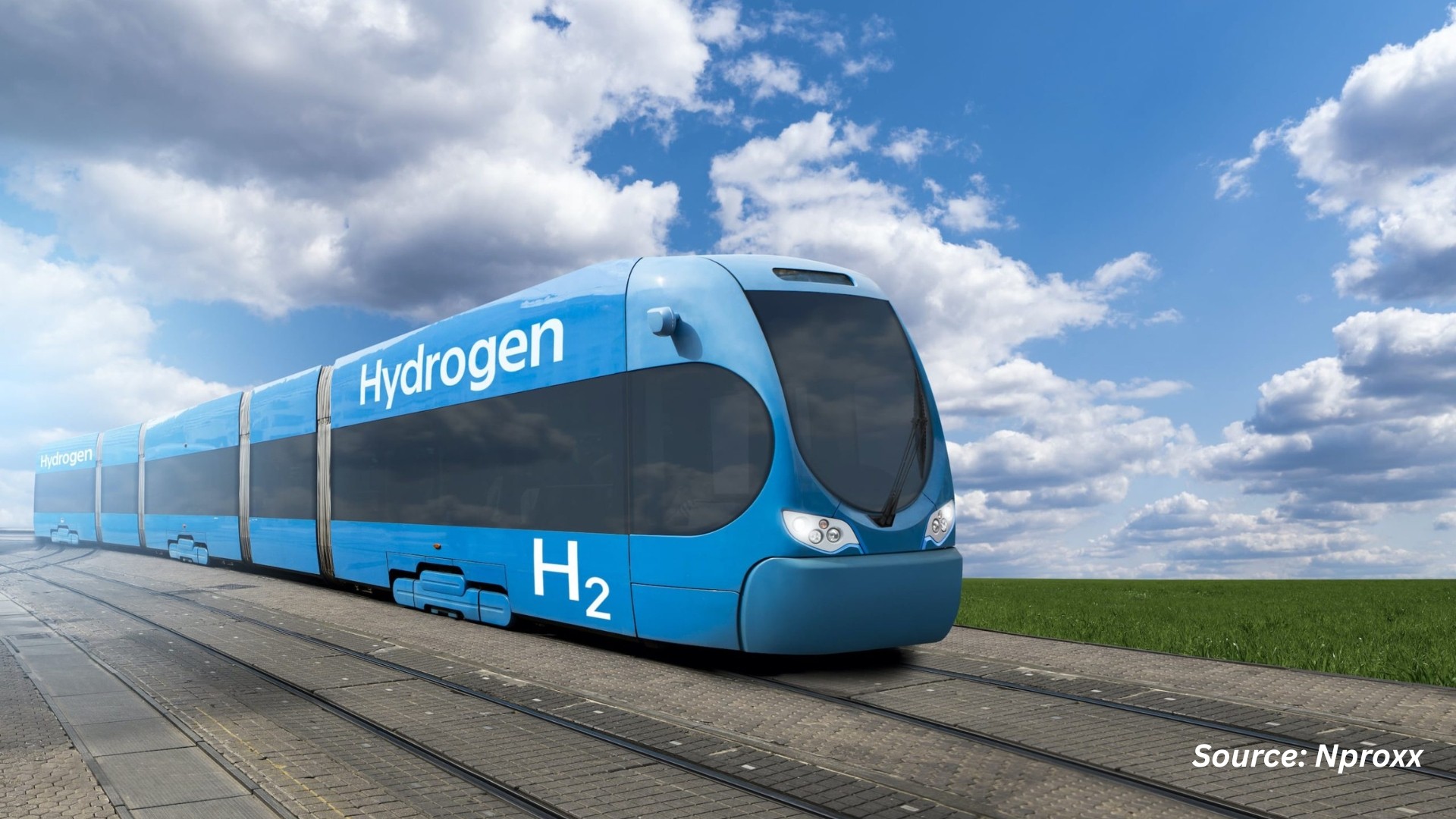Are Railway Signaling Systems Poised for a Global Upgrade?
Published: 2025-11-18

Why are Railways Investing Heavily in Signaling Upgrades?
Railway networks worldwide face mounting pressure to enhance safety, reduce delays, and accommodate growing passenger and freight demands. In 2025, investments in advanced signaling technologies address these challenges by minimizing human error and enabling denser train operations.
A notable example emerges from India, where the South Western Railway’s Bengaluru Division has launched a ₹874.12 crore project to install automatic signaling across 639.05 kilometers of six key routes. This shift from manual block signaling to automatic systems allows multiple trains to operate safely within a single block section, boosting punctuality and capacity.
Key Routes Under Upgrade (2025 Initiative):
|
Route |
Distance (km) |
|
Bengaluru City–Yeshwanthpur–Yelahanka |
17.75 |
|
Yeshwanthpur–Arasikere |
160.65 |
|
Lottegollahalli–Hosur |
63.6 |
|
Whitefield–Jolarpettai |
119 |
|
Baiyappanahalli–Penukonda via Channasandra |
139.8 |
|
Bengaluru City–Mysuru |
138.25 |
This development signals rising demand for cost-effective, scalable signaling solutions in densely populated urban corridors. For the Railway Signaling System Market, such large-scale public sector commitments validate the commercial viability of automatic signaling technologies, encouraging manufacturers to prioritize modular designs suitable for emerging economies.
How is North America Shaping Global Signaling Innovations?
Innovation in railway signaling often originates from established markets with stringent safety standards. In North America, KB Signaling—acquired by Knorr-Bremse in 2024—marked its first full year of operations in 2025 with strong financial performance and expanded product offerings.
The company focuses on track-based and train-based solutions, including interlockings, level crossings, and Automatic Train Protection (ATP) systems. New products launched in 2025 include:
-
Rail TempEst™: Software that estimates rail temperature and longitudinal force in real time using existing infrastructure, reducing derailment risks without additional sensors.
-
IXC-R20™: The industry’s first redundant solid-state crossing controller, ensuring seamless failover for enhanced reliability.
-
Electro Code™ 6 (EC6™): A digital track circuit providing precise train detection and insights into ballast condition, ideal for challenging environments.
KB Signaling is expanding into Association of American Railroads (AAR)-compliant markets such as Australia and South America, while pursuing opportunities in Europe. This strategic outreach underscores a growing preference for interoperable, software-driven signaling platforms.
Market Impact Insight – NMSC’s Views:
As a market research firm, we observe that KB Signaling’s 2025 product launches and international expansion are accelerating adoption of Wayside System Data Management Module (WSDMM™)-enabled solutions. These innovations contribute to a projected increase in aftermarket service contracts, a high-margin segment within the railway signaling system market.
What Role does Europe Play in ERTMS Deployment?
In European markets like the Netherlands and the United Kingdom, which follow CENELEC standards (the European Committee for Electrotechnical Standardization), Knorr-Bremse is already deploying KB Signaling solutions in customer projects. This is creating new business opportunities and fostering synergies with ongoing activities at its European signaling technology brand, Zelisko. The global CCS market—now accessible to Knorr-Bremse through KB Signaling—is expanding rapidly and is estimated to be worth up to €20 billion.
Market Impact:
The Bucharest-Giurgiu project exemplifies how ERTMS mandates are creating sustained demand for integrated signaling-electrification packages. For the railway signaling system market, this trend signals opportunities in Eastern Europe, where legacy infrastructure upgrades require compliant, future-proof technologies.
How are these 2025 Developments Impacting the Railway Signaling System Market?
The initiatives in India, North America, and Europe collectively highlight three market drivers:
-
Regional Modernization Waves: India’s ₹874-crore automatic signaling push addresses urban congestion, while Romania’s ERTMS deployment targets historical corridors—indicating parallel demand streams in developing and mature markets.
-
Technology Convergence: KB Signaling’s software-centric innovations (e.g., Rail TempEst™) align with ERTMS digital overlays, creating hybrid opportunities for vendors offering both conventional and next-generation systems.
-
Investment Confidence: Multi-year contracts and aftermarket growth reported by KB Signaling in 2025 provide empirical evidence of positive return on investment, encouraging rail operators to accelerate capital expenditure.
As a market research company, we at NMSC project that these developments will contribute to the railway signaling system market revenue, significantly. The industry is predicted to reach USD 32.49 billion by 2030 with a CAGR of 8.9%.
List of Key Companies in the Market
-
Alstom SA
-
Siemens Mobility GmbH
-
Hitachi Rail Limited
-
Mitsubishi Electric Corporation
-
Toshiba Infrastructure Systems & Solutions Corporation
-
The Nippon Signal Co., Ltd.
-
Stadler Signalling AG
-
Hollysys Automation Technologies Ltd.
-
voestalpine Railway Systems GmbH
-
MERMEC S.p.A.
-
Pintsch GmbH
-
Thales Group
-
ALTPRO d.o.o.
-
Scheidt & Bachmann GmbH
These companies are driving growth through major contract wins, large-scale deployments, and digital infrastructure investments.
Next Steps: Actionable Takeaways for Industry Stakeholders
-
Evaluate Automatic Signaling for Suburban Networks – Operators in high-density corridors should conduct feasibility studies for systems similar to Bengaluru’s model, targeting completion by 2028.
-
Adopt Modular, Software-Driven Solutions – Integrate platforms like WSDMM™ to future-proof infrastructure and unlock data analytics revenue streams.
-
Prioritize ERTMS Compliance in Europe – Infrastructure managers planning upgrades should align with Alstom-led consortia to ensure interoperability and funding eligibility.
-
Explore Aftermarket Partnerships – Manufacturers can capitalize on KB Signaling’s 2025 success by offering long-term service contracts for installed bases.
-
Monitor Cross-Regional Standards – Track AAR and CENELEC convergence to identify export opportunities for North American technologies into Europe and beyond.
By acting on these insights, stakeholders can position themselves at the forefront of the evolving railway signaling system market.
About the Author
 Sneha Chakraborty is a passionate SEO Executive and Content Writer with over 4 years of experience in digital marketing and content strategy. She excels in creating optimized, engaging content that enhances online visibility and audience engagement. Skilled in keyword research, analytics, and SEO tools, Sneha blends creativity with data-driven insights to deliver impactful results. Beyond her professional work, she enjoys reading, sketching, and nature photography, drawing inspiration from creativity and storytelling.
Sneha Chakraborty is a passionate SEO Executive and Content Writer with over 4 years of experience in digital marketing and content strategy. She excels in creating optimized, engaging content that enhances online visibility and audience engagement. Skilled in keyword research, analytics, and SEO tools, Sneha blends creativity with data-driven insights to deliver impactful results. Beyond her professional work, she enjoys reading, sketching, and nature photography, drawing inspiration from creativity and storytelling.
About the Reviewer
 Sanyukta Deb is an accomplished Content Writer and Digital Marketing Strategist with extensive expertise in content strategy, SEO, and audience engagement. She specializes in building strong brand visibility through data-driven campaigns and impactful, value-added researched content. With a passion for creativity and innovation, she blends strategic thinking with design and communication to craft meaningful digital experiences. Over the years, she has contributed cross-functional marketing projects, driving measurable impact and audience engagement.
Sanyukta Deb is an accomplished Content Writer and Digital Marketing Strategist with extensive expertise in content strategy, SEO, and audience engagement. She specializes in building strong brand visibility through data-driven campaigns and impactful, value-added researched content. With a passion for creativity and innovation, she blends strategic thinking with design and communication to craft meaningful digital experiences. Over the years, she has contributed cross-functional marketing projects, driving measurable impact and audience engagement.

















Add Comment